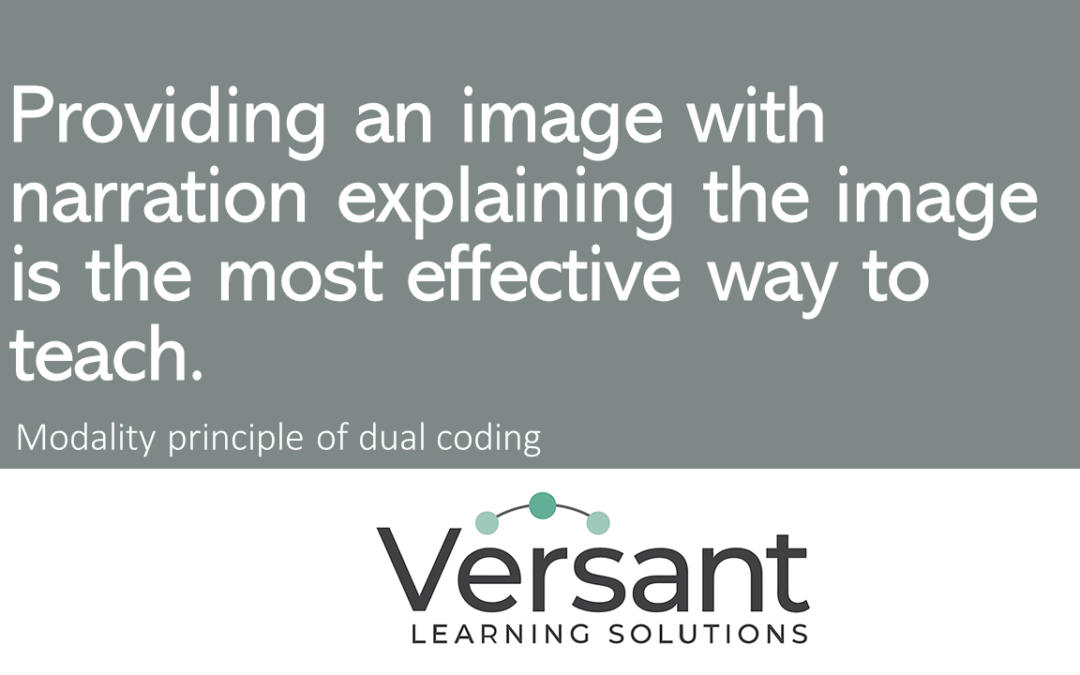Quick-Start Synopsis
When people give their attention to information, the information is taken into working memory by a verbal channel and a visual channel. Taking in information through two sources (also known as dual coding) is better than receiving information via one channel for memory storage.
Which do you remember more clearly – (1) a podcast that is audio only or (2) the same audio track paired with representative visuals? I remember better when I hear information and see relevant images at the same time. For me, podcasts are nice to listen to, but I don’t expect to recall the information later unless I take additional actions to retain the content (taking notes, for example). So, I do better when I have images that I can recall later – often in sync with specific keywords or phrases.
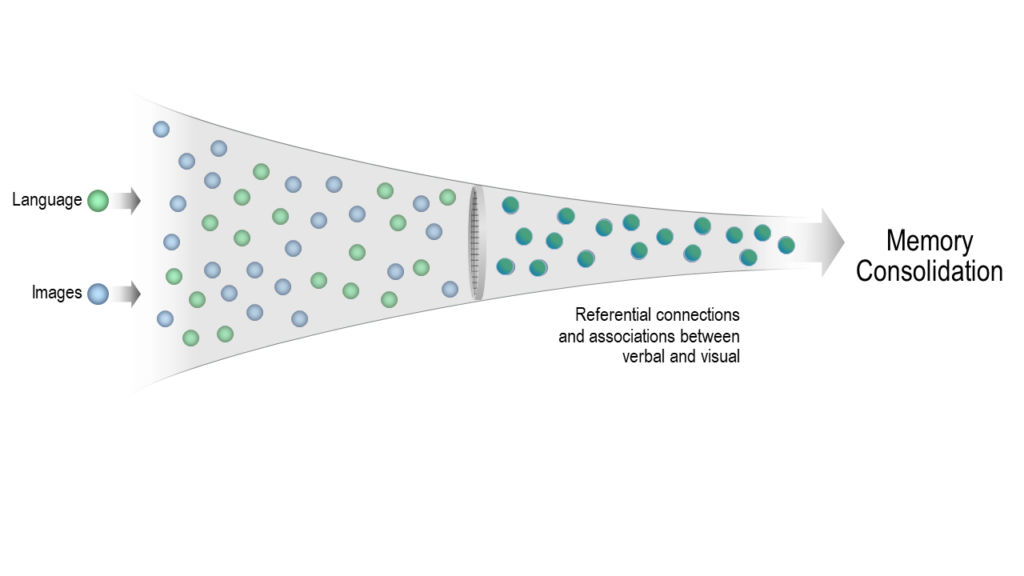
Become a Little More Conversant
In the larger context, mental images and verbal processes are deeply interconnected.
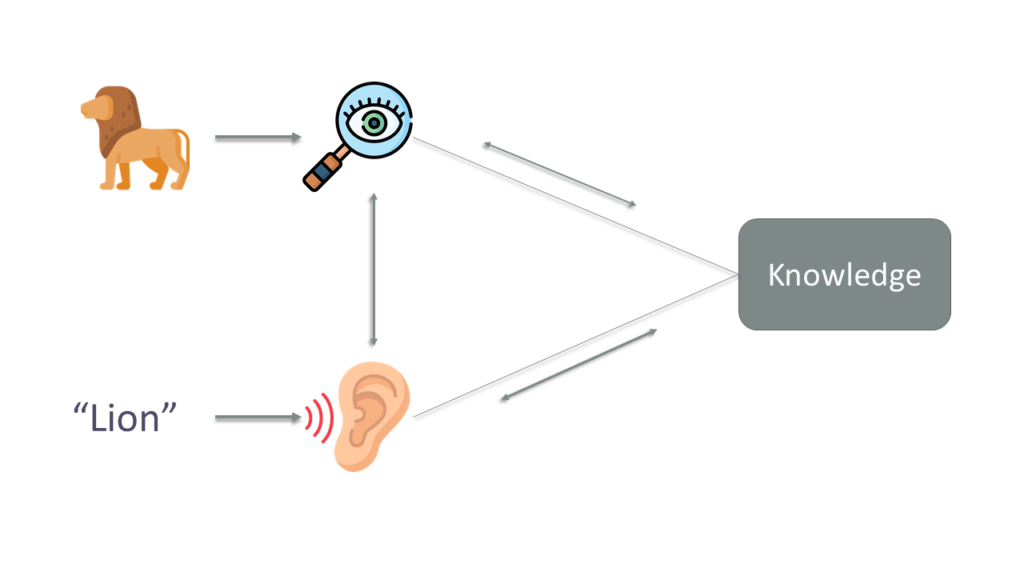
The Modality Effect in this model asserts that information transfer is more effective when provided in a mixed mode (paired audio and visual) than when compared to only one mode. This is true even when an audio narration is immediately followed by reviewing images (and vice versa).
Imagery can be diverse – diagrams, graphs, infographics, timelines, cartoons, memes, characters, icons, etc. Trainers should select simple and specific imagery. Busy photographs, for example, are often too complex and require too much learner attention (the learning term is “cognitive load”). Unexpected images or those that extend a concept in a unique manner are powerful ways to reinforce learning transfer.
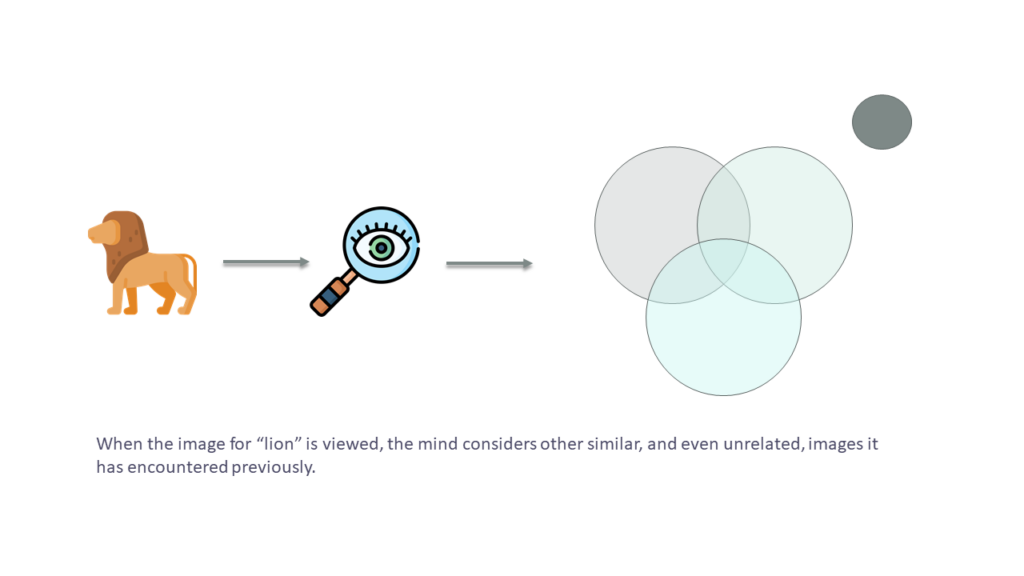
The Dual Coding Theory is evidence-based, which means that research has been done by multiple labs and subspecialties that support the theory. Research falls into areas of reading, comprehension, emotional valence, and learning theory. Concepts of Dual Coding Theory are assimilated into Mayer’s Cognitive Theory of Multimedia Learning.
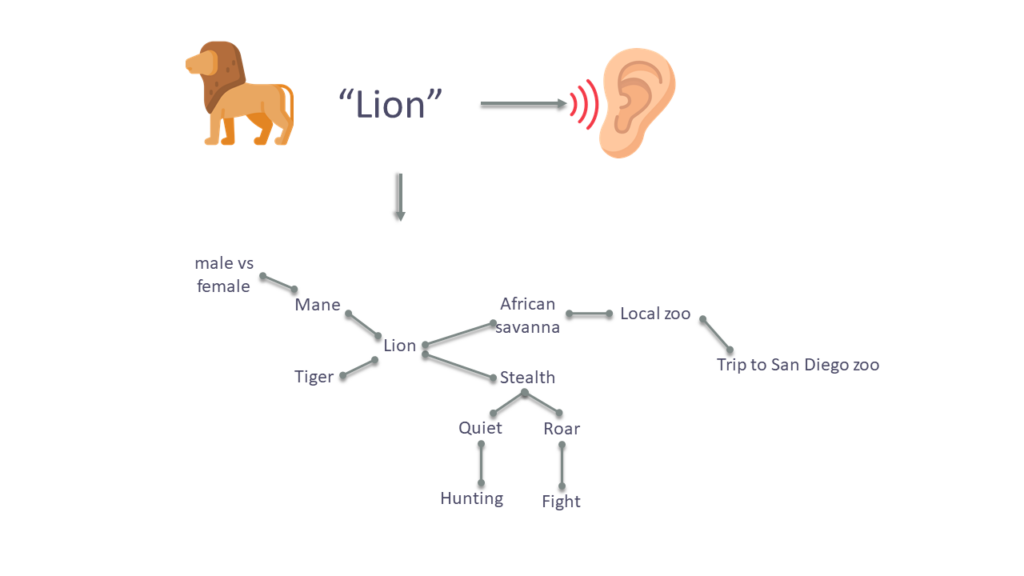
As with most theories, practitioners and even academics, interpreted the theory in ways that were not in line with the original research. However, if you stick to the basic premise of the theory, you can provide a lot of value when communicating data.
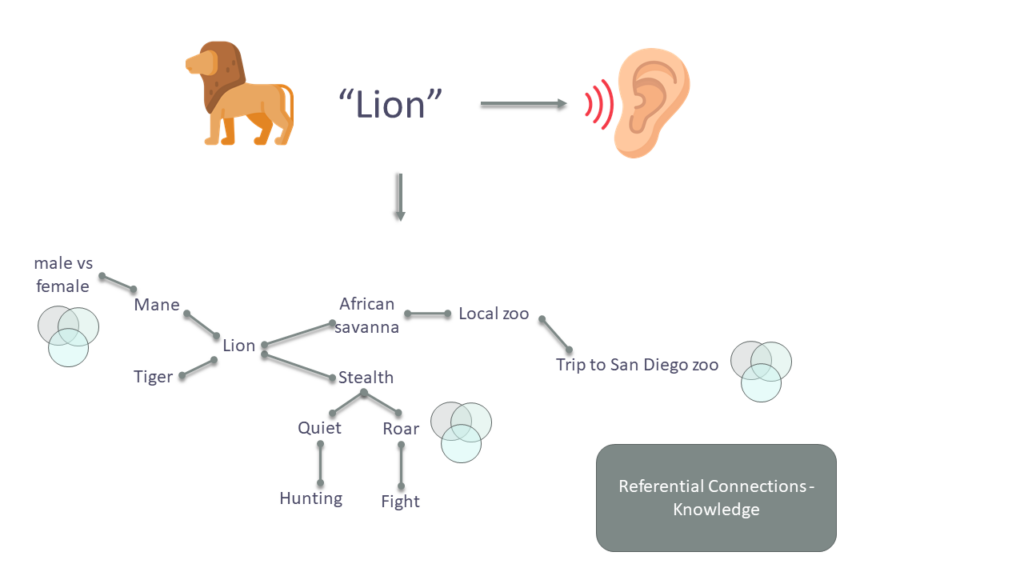
The theory was developed by Allan Urho Paivio who passed away in 2016. If you are interested in learning more, there is a lot of current research being conducted on the topic.
Proven Value for Medical Affairs
Consider how information is shared in medical affairs discussions with KOLs. Presentations with busy slides full of text and graphs and take-away messages are too busy. The KOL may struggle to identify the main point of the slide. After a short period of time, they will have little memory of the actual data shared – just that it was a lot of content.
MSLs can provide additional value during KOL meetings by ensuring that slides are as simple as possible with only the key data clearly identified on the slide. Practicing the data delivery and becoming comfortable with the underlying information of the study is critical for MSL success. Successful MSLs have done the hard work of synthesizing the data in a single series of experiments to the larger body of evidence. Considering how to best verbalize the study while highlighting representations of the data can help KOLs to retain the information.
When new MSLs join the team, are they expected to add a new vocabulary to their skillset? Consider providing the new hire with a series of short videos with audio pronunciations of the new terms that include clear definitions paired with relevant images. For extra enforcement, keywords in the definition can be animated on the screen. For example, the term “atrial fibrillation” could be described using Dual Coding Theory in the following manner:
We suggest that training assets contain visual and audio content for the learner. In addition to benefiting learning transfer, it also anticipates accessibility needs. Companies find employees retain the information for longer time periods and successfully add the new knowledge to their internal schemas. Today, companies must constantly upskill employees to remain competitive and that requires effective training content. We are experts at connecting the dots between education and science and will create custom and effective training materials for your use.
Contact Us to Develop Your Strategy
If you would like to discuss your team’s current or future training needs, please contact us.
References for Dual Coding
Karsan, R. Medical terms explained. Heart Matters Magazine [Online Magazine] 2021 [cited 2021 January 27]; Available from: https://www.bhf.org.uk/informationsupport/heart-matters-magazine/medical/medical-terms.
Clark, J.M. and A. Paivio, Dual Coding Theory and Education. Educational Psychology Review, 1991. 3(3): p. 149-210.
Sadoski, M., A Dual Coding View of Vocabulary, Learning. Reading & Writing Quarterly, 2005: p. 221-238.
Sadoski, M., Resolving the Effects on Concreteness on Interest, Comprehension, and Learning Important Ideas From Text. Educational Psychology Review, 2001. 13(3): p. 263-281.
Sadoski, M. and A. Paivio, Toward a Unified Theory of Reading. Scientific Studies of Reading, 2007. 11(4): p. 337-356.
Sadoski, M., E.T. Soetz, and M. Rodriguez, Engaging texts: Effects of concreteness on comprehensibility, interest, and recall in four text types. Journal of Educational Psychology, 2000. 92(1): p. 85-95.
Ashman, G., We need to talk about dual coding, in GregAshman. 2017.
Mayer, R.E. and V.K. Sims, For Whom Is a Picture Worth a Thousand Words? Extensions of a Dual-Coding Theory of Multimedia Learning. Journal of Educational Psychology, 1994. 86(3): p. 389-401.

